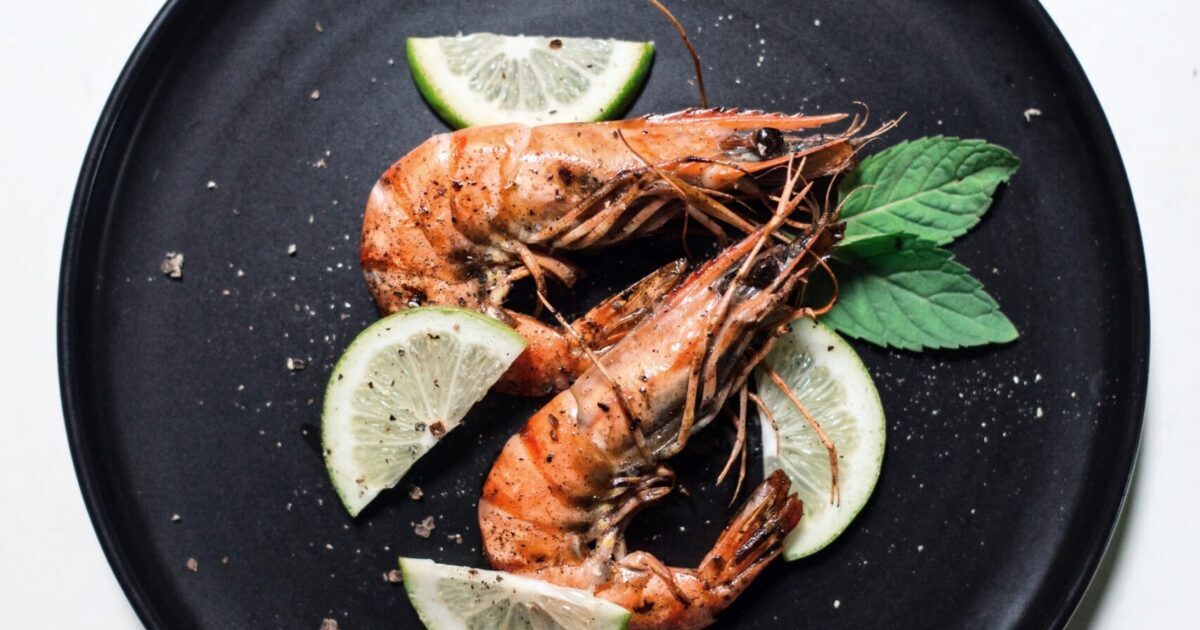As the world gets vaccinated, many of us have set off on our first overseas holidays in months. For a sizeable portion of us, that also means the dream of tucking into crisp shellfish shucked raw and whole fish fresh off the grill. Restaurateurs, seafood purveyors and their network in supply chain and procurement have rejoiced with the slow return of summer crowds. But as peak outdoor dining season wraps up, the image of a summer seafood meal has been tainted by news around fish and seafood fraud.
Food safety professionals are starting to raise the alarm around a global rise in food fraud, especially in the fish and seafood category. The European Commission’s June 2021 Monthly Summary on Food Fraud and Adulterations points to a concerning rise in fish and seafood being passed off as something else. The report notes that eight tons of tuna imported into Belgium that month were seized due to “illegal unapproved treatments” to render the flesh redder. While in Italy, over 10 tons of fish were seized, lacking documentation of its origins, in parallel to 12 people falling ill from poorly treated yellowfin tuna. Though these figures represent a fraction of fish and seafood consumed, the heightened risk at scale can’t be ignored. A separate report in June found that from a wide sampling of Spanish fish, 1.9% was mislabelled. Canada fares even worse with random sampling over the past four years by Oceana finding that 46-47% of seafood was mislabelled, like pangasius being passed off as Pacific cod or Antarctic toothfish being sold as Chilean seabass.
FOODAKAI, the digital food safety intelligence platform, has collected historical data of fish and seafood fraud from all around the world, and it seems that the most common incidents over the past decade pertain to unauthorized food and chemical additives. From green leucomalachite in trout to sulfur dioxide in shrimp, the temptation to render seafood more visually appealing has proven to be increasingly widespread. This practice is followed by improper or missing health certificates, illegal importations, unauthorized food additives, and incorrect labeling. By product type, shrimp and smoked fish are popular targets for misrepresentation. Exporters are exercising new tricks to keep up with a global appetite for seafood that’s increasing year on year and heightened consumer expectations around weight and color of their product.
The consequences of fish and seafood fraud are enormous. With such a valuable and perishable product, ensuring you get top quality from your order is imperative. Failing to identify fraud early can result in wastage when a food recall goes out. With purchasers, there’s also the issue of deception, opening your brand up to unnecessary liabilities and a loss of customer trust when supplying subpar fish and seafood. Then on the consumer side, there are potential health implications like ciguatera when ingesting toxic additives and allergens.
What are food safety experts to do? When food safety testing and fraud detection can’t keep up, random sampling becomes standard industry practice. However, FOODAKAI can identify seafood fraud risks early on while also looking at historic trends using big data. Being aware of potential dangers before planning lab tests or setting up a larger purchase plan can translate into potential savings and intangible wins (such as consumer trust and less environmental harm) down the line. Data insights are being leveraged every day by food safety professionals working for food companies to inform their planning decisions and to pivot as recalls are announced. Reliable historical data, like the table below showing countries of origin with the highest instances of fish and seafood fraud, can be used to evaluate long-term risk.

Food Fraud Incidents in Fish & Seafood per Country
FOODAKAI users can also easily see on their dashboard which ingredients and types of fraudulent issues are currently making waves and, through predictive analytics, which are expected to present greater problems in the year to come. Granularity counts when pinpointing food fraud. When food safety and supplier quality experts are able to identify higher-risk countries of origin, and names of suppliers and distributors, they can quickly adjust orders accordingly, intensify their audits and be prepared.

FOODAKAI Predictions for Incidents in Fish & Seafood
When taking advantage of AI and data technology, you can also raise flags for increasing internal quality assurance and risk mitigation measures, like running more efficient lab tests. Predictive analytics for food risk prevention can give you a glimpse into the future and help you predict potential food safety incidents and risks that may affect your supply chain. FOODAKAI’s Global Predictions Dashboard is the only food safety tool that harnesses the power of predictive analytics to generate trustworthy predictions for emerging risks, new hazards, food safety and fraud incidents, and give them to you easily, with a click of a button.
The world of fisheries and seafood purveyors is not always crystal clear. Until seafood traceability programs are mandated by the EU and national governments, food safety and quality assurance professionals will have to rely on data and predictions to steer their preparation plans and decision-making. That’s where AI-powered predictive analytics can help food safety professionals spot risks in their supply chain, take the right preventive measures on time and mitigate fraud associated with their ingredients and suppliers.
If you’d like to discover how FOODAKAI can help your Food Safety & Quality team prevent food recalls by monitoring & predicting risks, book a call with us!

